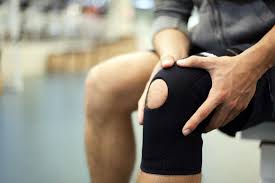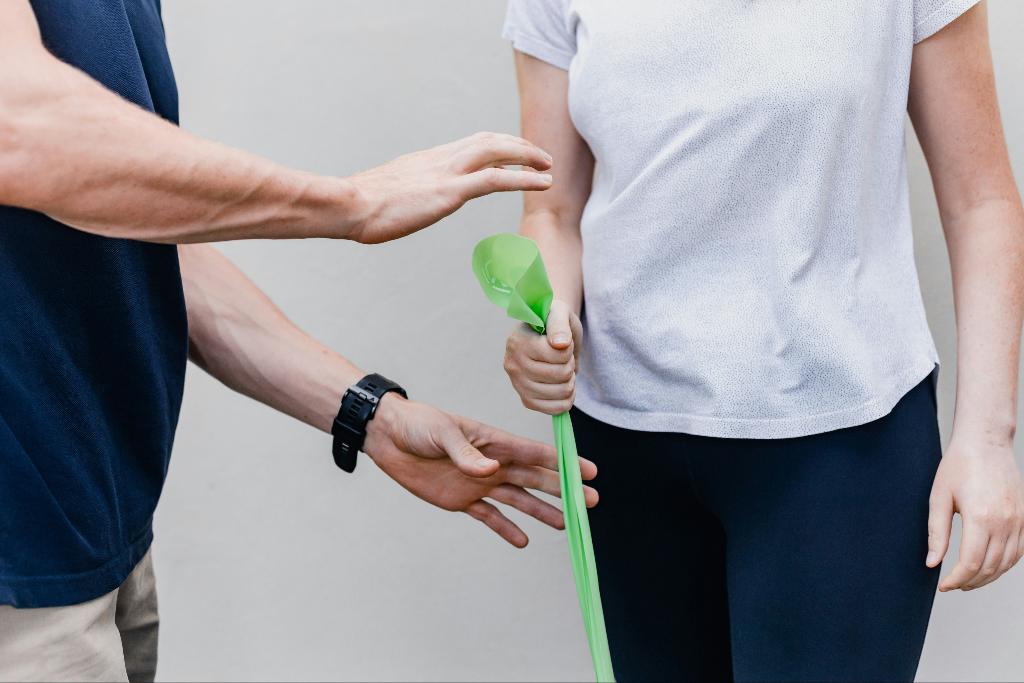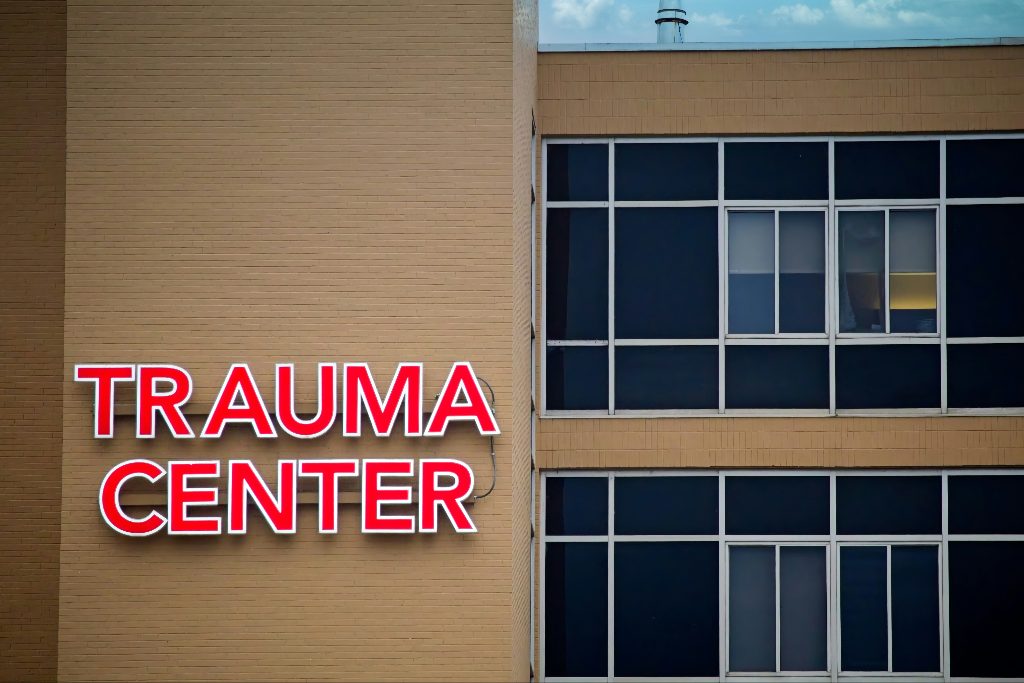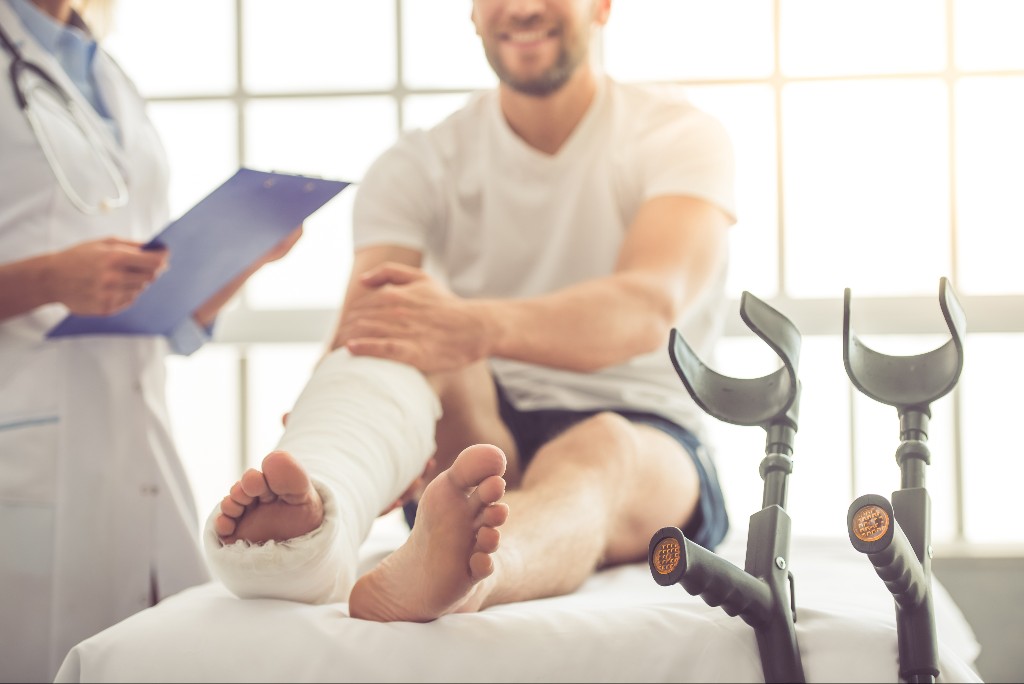Experiencing knee pain can hinder your ability to actively participate in typical daily functions. Regardless if the pain is just a minor flare up or if you suffer from chronic knee pain, there are things you can do to help improve your quality of life.
By increasing your range motion in the knee, the amount of pain will lessen as the two are ultimately linked. It only takes a small portion of your day to better that range of motion and that is done through exercises that are geared to increase your flexibility all while building and strengthening your muscles.
Minimize Pain and Improve Range of Motion
When there is pain in the knee our team of Atlanta orthopedic doctors will also evaluate your hip, foot and ankle to ensure that all those bones and muscles are strong and aligned properly. When the hip is misaligned, there is an added stress put on the knee resulting in added pain. Working to improve the quality and strength of your hip has shown to improve and reduce the pain felt in the knee.
When muscles are tense, they can often be attributed to knee pain as well. If there isn’t adequate flexibility in the calves, hamstrings and quads this can oftentimes lead to increased or chronic knee pain.
As your knee is located in the middle of the hip and the foot, building a support system can take away the added pressures felt by this middle joint which sustains and endures a lot of impact. Strengthening and increasing flexibility to the surrounding areas will help build a solid support system for the knees.
How Does Knee Pain Commonly Begin?
An injury to the knee called a torn meniscus is a common knee injury that is sometimes extremely severe and needs treatment right away. There are however other tears that may not be felt right away and because of this there is a continual breakdown of cartilage and this often leads to conditions like osteoarthritis and bone spurs which are conditions where chronic knee pain is prevalent.
What is Range of Motion?
When orthopedic doctors use the term, “ range of motion” they simply mean full movement of the joint. In regards to the knee, full range of motion will include bending, straightening, and the ability to move the knee towards and away from the body as well as rotations. The knee works as a hinge and only moves in one plane of movement, flexion and extension.
A knee that is completely straight will measure 0° and a knee fully bent will have a flexion of at 135° degrees. These measurements are that of a knee with a normal range of motion. If you’ve had a knee replacement, your physician may look for a knee flexion in the 125-135 degree range once you’re fully recovered.
In order to have true range of motion, the knee must be pain free. If a patient can bend their knee to 135 degrees but find themselves in terrible pain, this is not a normal range of motion as they do not pass the flexion measure.
If you are suffering from knee pain, whether it be from injury or an unknown cause, contact our Atlanta orthopedic doctors today! Our team has helped many in the Atlanta area find relief from this debilitating pain and we would like to help you! Call us today at (404) 855-2141 to schedule an appointment!





